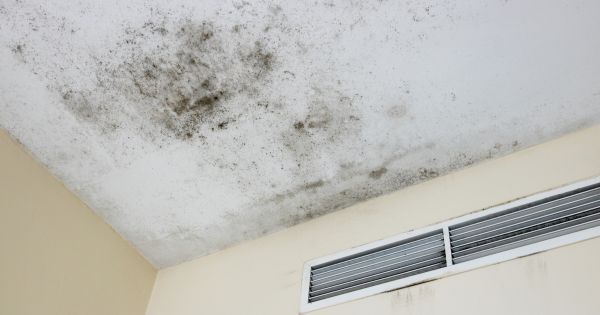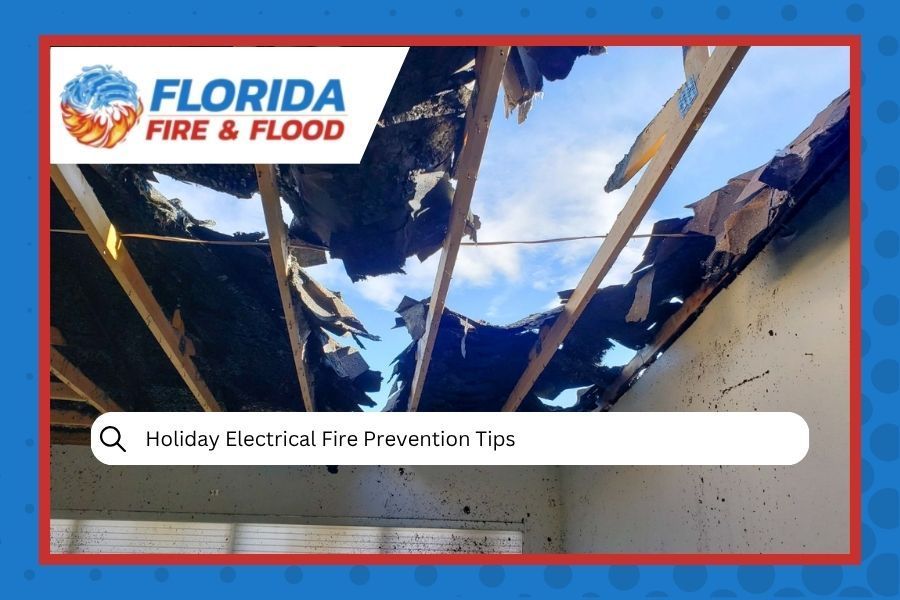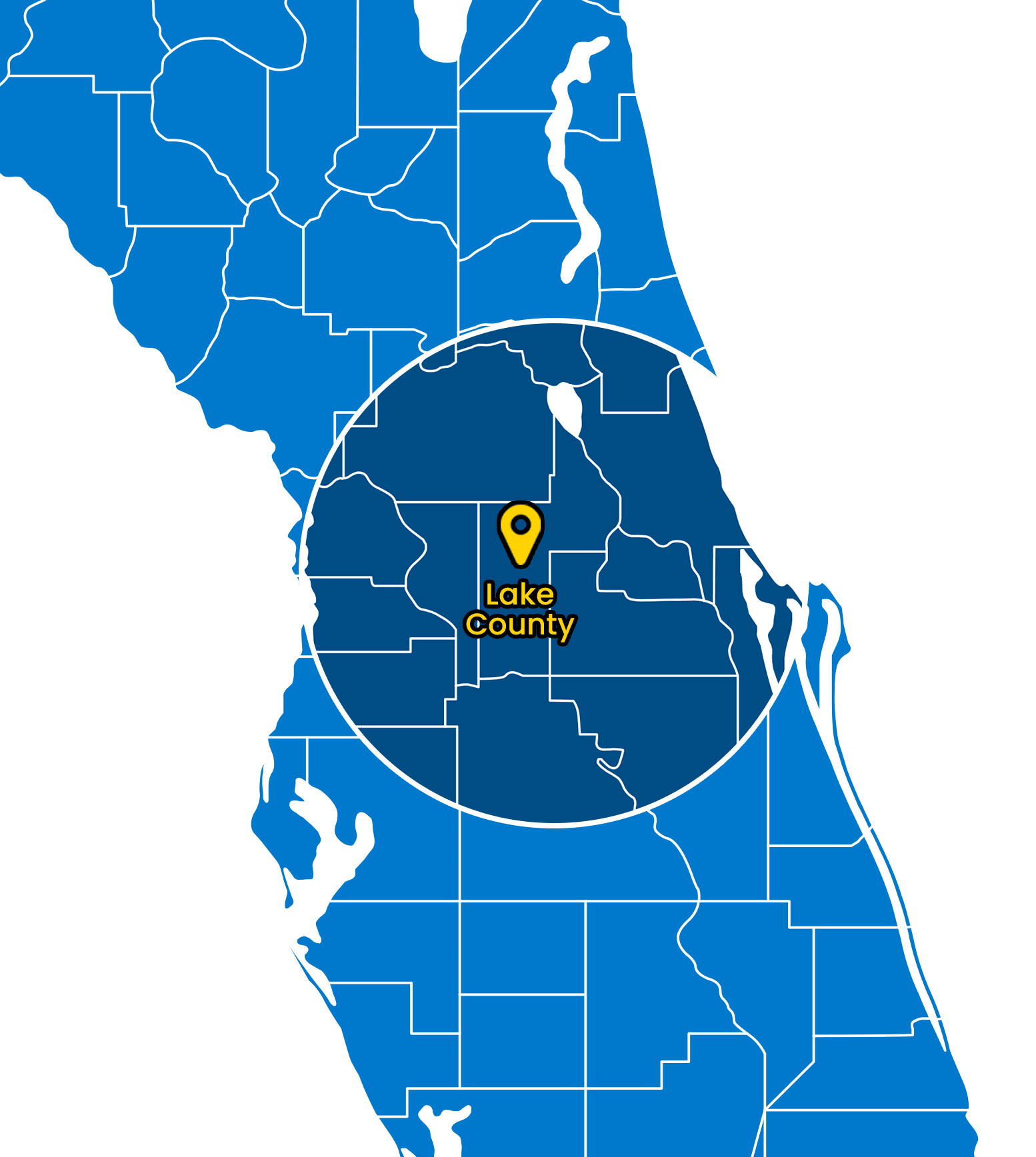AMRT - Applied Microbial Technician I, (Mold Remediation)
If you're a homeowner, there's no doubt that you want to keep your house beautiful and safe for your family. Unfortunately, mold growth can get in the way of that. Toxic black mold is a particularly harmful type of mold that can pose significant health risks. Mold health risks from water damage can include respiratory issues and other long-term health concerns. Toxic black mold can grow in many different areas of your home, including floors, walls, windows, and even ceilings. Since we don’t regularly check ceilings, mold growth in these areas often goes unnoticed.
If you suspect that there might be toxic black mold growing on your ceiling, it's important to take action right away. But how can you tell if there's mold growing on your ceiling? In this blog post, we'll discuss the appearance and types of black mold, and the early signs to look out for. By being able to identify these signs, you can take necessary action and reach out for mold removal in The Villages FL, to address the situation before it becomes worse.
What is Toxic Black Mold
Toxic black mold is a type of fungus commonly found in homes, particularly in areas with high humidity and moisture. Also known as Stachybotrys chartarum, it is recognizable by its black or dark green color and slimy texture. Toxic black mold releases spores into the air, which can lead to respiratory problems, allergic reactions, and other health concerns.
What Does Toxic Black Mold Look Like
Appearance
Toxic black mold, also known as Stachybotrys chartarum, is a greenish-black fungus that grows in damp and humid areas. It thrives in places such as your ceiling, walls, and floors where moisture is present.
Texture
The mold appears slimy and has a wet texture when it is in its growth phase. As it matures, the texture becomes powdery, and the surface may become dry and cracked.
Odor
It often has a distinct musty odor that can be described as earthy or unpleasant. The odor is caused by the volatile organic compounds (VOC) that the mold releases during the growth phase.
Growth and Spreading
Toxic black mold often appears in clusters and can grow up to several inches in diameter. It commonly grows in areas with high humidity and moisture like bathrooms, kitchens, and basements.
Types of Black Mold
Black mold can come in different forms, with some being more hazardous than others. By identifying the different types of black mold, you can determine the severity of the problem and take the necessary steps to remove it.
- Stachybotrys Chartarum: Also known as toxic black mold, this type of mold is the most dangerous and requires immediate attention from a professional mold removal service.
- Aspergillus: This mold can range in color from green to black and has a dusty appearance. It can cause respiratory issues and even trigger asthma attacks in some individuals.
- Penicillium: Often found in water-damaged areas, this mold can be green, blue, or black. It can cause allergies and asthma symptoms.
Other types of mold include Cladosporium and Alternaria, which can also cause respiratory problems and allergic reactions.
Early Sign Toxic Black Mold on Ceiling
It is important to identify the early signs of toxic black mold growth on your ceiling to take quick action and prevent potential health hazards. Some of the early warning signs of toxic black mold on your ceiling include:
- Musty odor or smell in the room or area: Mold often produces a distinct musty or earthy odor. If you notice an unusual smell in a particular room or area of your home, it could be an early sign of mold growth, even if it's not yet visible. Pay attention to any lingering or unusual odors, especially if they are accompanied by other symptoms like respiratory issues.
- Visible water stains or discoloration on the ceiling: Water stains or discoloration on the ceiling are indicative of a moisture-related problem. These stains may appear as brown, yellow, or gray patches and are often a precursor to mold growth. Investigate the source of the water, as persistent moisture provides an ideal environment for mold to thrive.
- Black or dark green patches or spots on the ceiling: The most obvious sign of toxic black mold is the appearance of black or dark green patches on the ceiling. These patches can vary in size and may resemble spots or clusters. If you notice such discoloration, it is essential to address it promptly, as toxic black mold can release mycotoxins that can be harmful to your health.
- Persistent moisture or dampness in the area: Mold requires moisture to grow and thrive. If you consistently notice dampness or moisture in a specific area, it creates an environment conducive to mold growth. Investigate the source of the moisture, such as leaks in the roof, plumbing issues, or poor ventilation. Addressing the underlying moisture problem is crucial to preventing further mold development.
- Respiratory issues: Mold spores can become airborne, especially when disturbed, and inhaling these spores may lead to respiratory issues. If people spending time in a particular room or area are experiencing symptoms like wheezing or coughing, it could be attributed to mold exposure. Pay attention to any unexplained health issues and consider seeking medical advice if symptoms persist.
Addressing Mold Issues Quickly
Once you have identified signs of mold growth on your ceiling, it's crucial to take immediate action to prevent the issue from worsening. Whether you decide to take a DIY approach or seek professional help, addressing mold problems quickly can save you time, money, and potential health hazards.
Understanding the difference between water damage vs mold growth is crucial, as lingering water damage often leads to mold development.
Potential DIY Solutions
If the mold problem is minor, you may be able to remove it on your own by following these steps:
- Wear protective gear: Use gloves, goggles, and a mask to protect yourself from potential exposure.
- Prepare the solution: Mix a solution of bleach and water with a 1:10 ratio.
- Apply and rest: Apply the solution to affected areas and let it sit for a few minutes before wiping it clean with a disposable cloth.
- Ventilate: Ensure proper ventilation by opening windows or using fans.
- Remove contaminated materials: Dispose of any contaminated materials, such as rags or sponges, carefully.
When to Seek Professional Help
If the mold problem is extensive, or if you are dealing with toxic black mold, it's best to seek professional help. A certified mold specialist can safely and effectively remove all traces of mold, including hidden pockets within walls or ceilings. Professional mold removal services can also provide comprehensive prevention advice that can help prevent mold growth in the future.
Read About - How To Prevent Mold In Your Home
The Importance of Mold Prevention Practices
Preventing mold growth in the first place is crucial to avoid future mold problems in your home. Ensure proper ventilation in high-moisture areas, such as bathrooms and kitchens. Fix leaks or water issues promptly, and keep your home's humidity levels low. Consider investing in a dehumidifier to maintain proper air moisture levels.
Spotting early sign toxic black mold on ceiling is crucial to ensuring the safety and health of you and your family. If you suspect that you have mold growth on your ceiling, don't hesitate to take immediate action. Addressing mold issues quickly can help prevent potential health problems and structural damage to your home.
If you live in The Villages, FL, and need professional mold removal services, call us at (352) 503-0902 today! Our experienced team at
Florida Fire & Flood has the knowledge and equipment necessary to identify and safely remove mold from your home.







